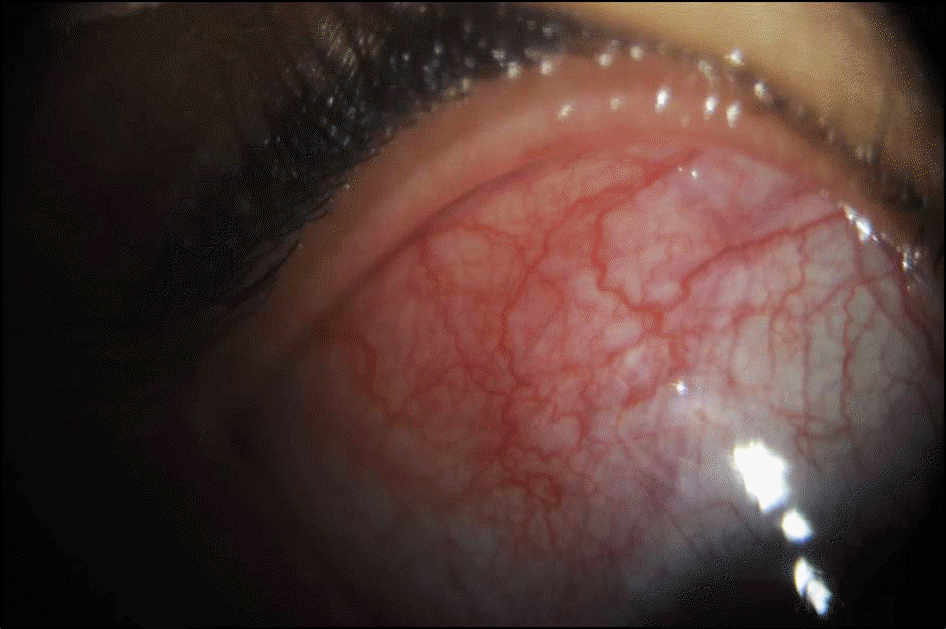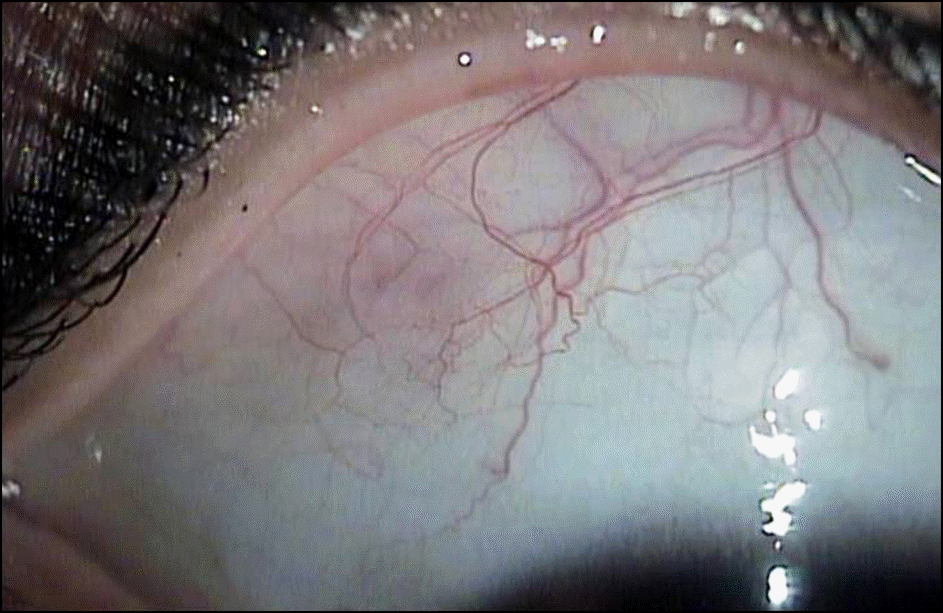Abstract
Case summary
A 40-year-old female was referred to the outpatient clinic because of right episcleritis that was unchanged during the month of treatment. Her headache persisted, and slit lamp examination showed tortuous congestion of engorged episcleral vessels with swelling in the superior-temporal region of the right eye, but fundus and radiological studies showed normal findings. Serological tests were reactive for venereal disease research laboratory test, treponema pallidum hemagglutination assay test, and fluorescent treponemal antibody absorption test. Under the suspicion of persistent syphilis infection, cerebrospinal fluid examination was performed, and the diagnosis of neurosyphilis with episcleritis was diagnosed. Treatment consisted of intravenous injections of 5 million IU penicillin G potassium every 4 hours for 14 days. The ocular inflammation resolved within the first week of treatment and did not recur.
Go to : 
References
4. Park HJ. Clinical observation and statistical consideration of syph- ilis (2000-2007). Korean J Dermatol. 2008; 46:1344–52.
5. Kiss S, Damico FM, Young LH. Ocular manifestations and treat- ment of syphilis. Semin Ophthalmol. 2005; 20:161–7.
6. Marks R, Thomas-Kaskel AK, Schmidt D, Donauer J. Steroid re- fractory episcleritis as early manifestation of neurosyphilis. Eur J Med Res. 2006; 11:309–12.
7. Yoon KC, Im SK, Seo MS, Park YG. Neurosyphilitic episcleritis. Acta Ophthalmol Scand. 2005; 83:265–6.

9. Casey R, Flowers CW Jr, Jones DD, Scott L. Anterior nodular scleritis secondary to syphilis. Arch Ophthalmol. 1996; 114:1015–6.

10. Deschenes J, Seamone CD, Baines MG. Acquired ocular syphilis: diagnosis and treatment. Ann Ophthalmol. 1992; 24:134–8.
Go to : 




 PDF
PDF ePub
ePub Citation
Citation Print
Print




 XML Download
XML Download